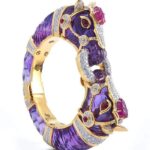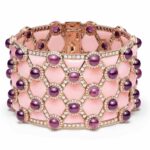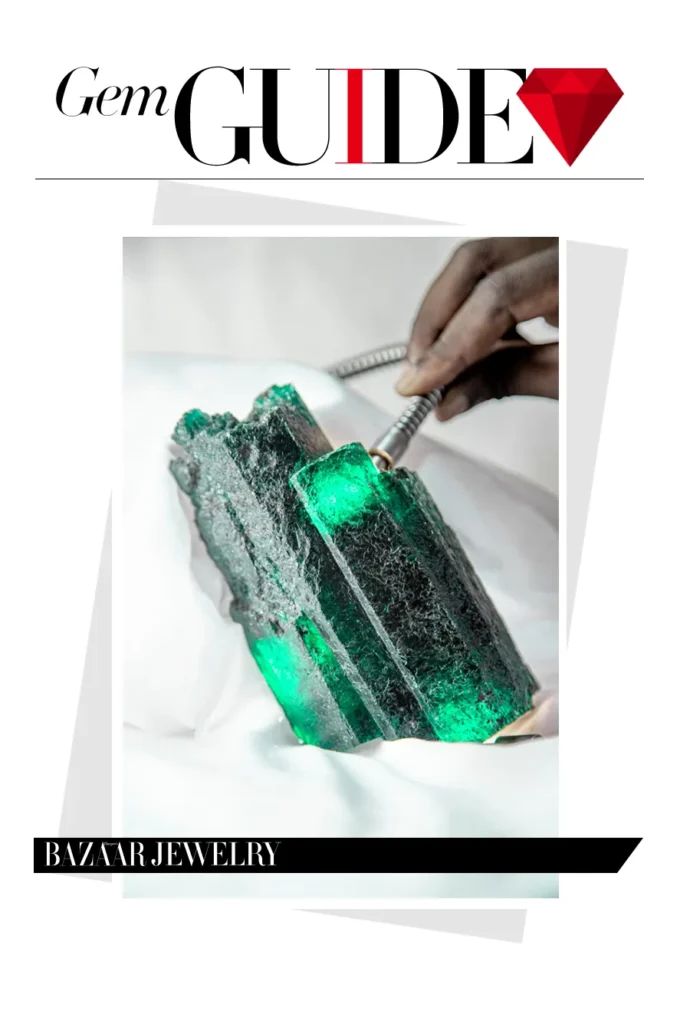
In the river of time, truly valuable gems are destined to withstand the test of ages before they can radiate their brilliant luster. Regardless of the era, high-quality gemstones have always been sought after, and this passion has never changed.
Why are high-quality gemstones so precious and worth collecting? How do originally unremarkable minerals gradually become the focus of everyone’s attention? What experiences lie behind their extraordinary “beauty”? Now, let’s explore these questions together.
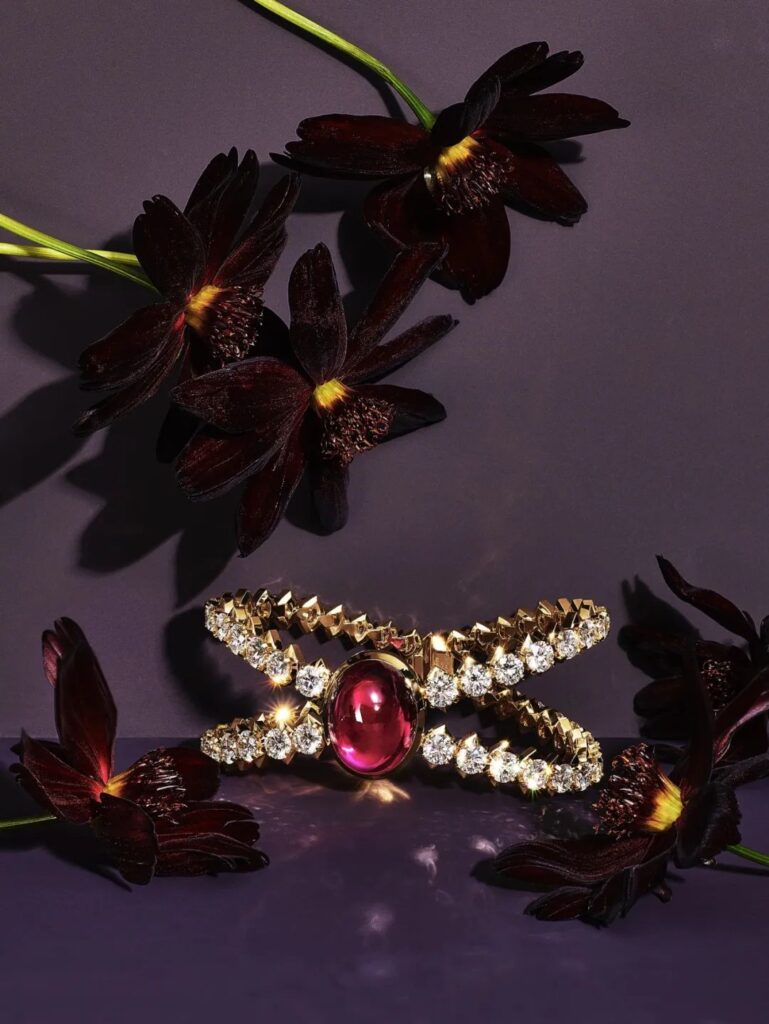
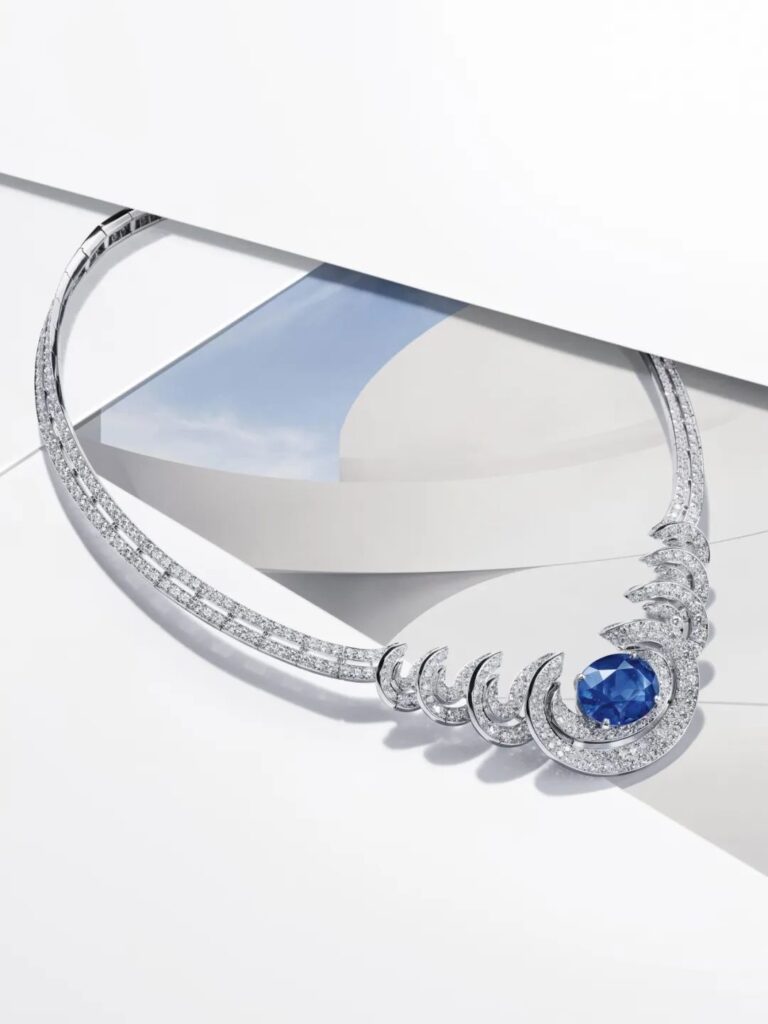
Le Voyage Recommencé High Jewelry Collection
Sama Necklace
Why are precious gemstones one in a million?
Outstanding natural talents are rare, and the birth of precious gemstones also requires a perfect combination of “right time, right place, and right people.” High-quality mining areas are scarce to begin with, and the extraction of rough stones is a technical process. To select gems of superior quality requires multiple layers of scrutiny, making truly high-quality gemstones even more precious due to this lengthy process.
Firstly, premium mining areas are extremely rare
As one might imagine, gemstones also follow the principle of “rarity equals value”! Since ancient times, predicting the location of high-quality mining areas has been challenging. Even mining areas just tens of kilometers apart can produce gemstones of vastly different quality.
Therefore, the consistently limited supply determines the preciousness of high-quality gemstones. Once a mining area produces superior gemstones, this “landmark” immediately enters the radar of collectors, becoming a veritable “star location”!

Secondly, rough stones are hard to come by
Naturally clear and transparent gem minerals are extremely rare. They are often encased in rock when first revealed and only show their true colors after multiple washings and polishings.
Even in high-quality mines, the gem reserves noticeably decrease after long periods of mining operations. Finding gems that excel in both quantity and quality becomes even more difficult. Therefore, every selected gemstone is cherished by designers as if it were a precious treasure.
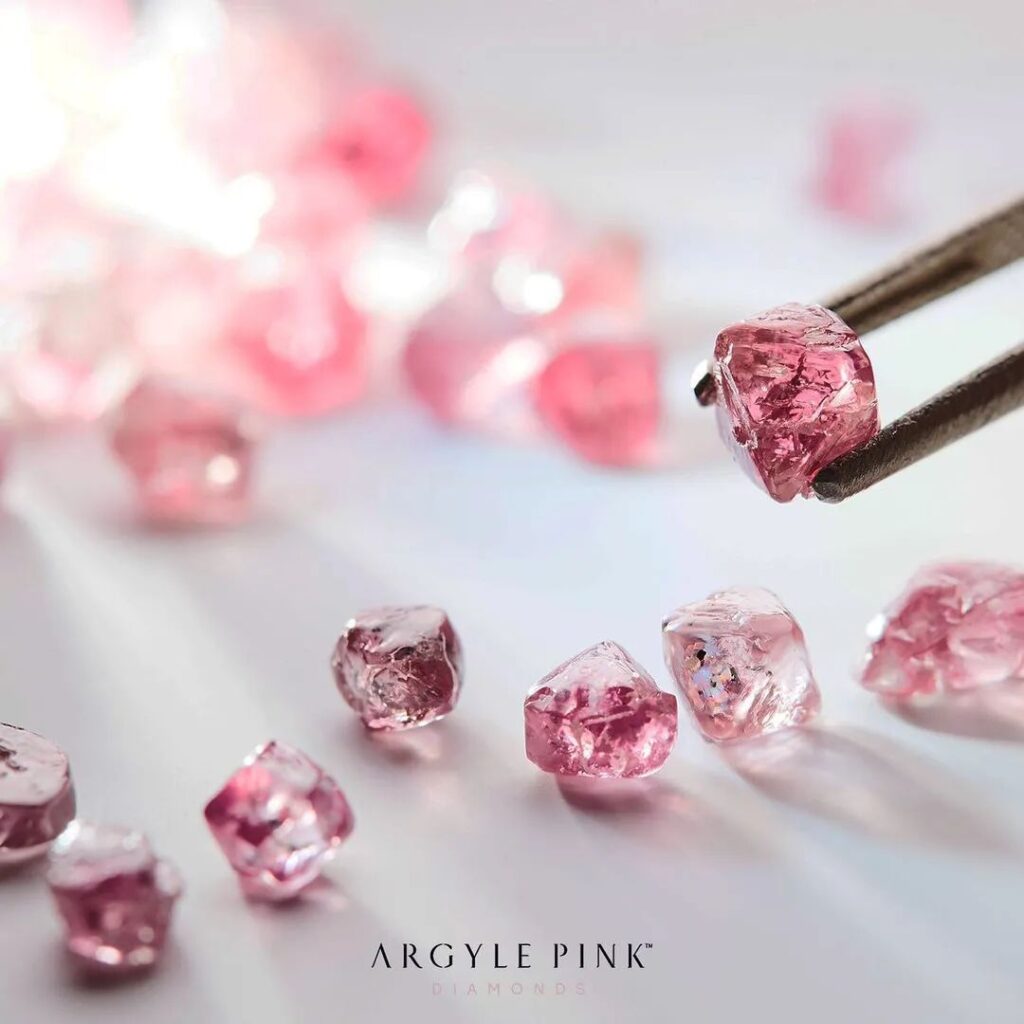
Argyle Diamond Mine pink diamond rough stones
Lastly, quality screening has extremely high standards
Whether it’s small-carat gemstones or large ones that combine quality and size, they go through multiple screenings from extraction to being cut into a stone suitable for setting. From the initial appearance of the ore to a gemstone without excess rock and soil covering, this round of screening is like giving the gemstone a newborn’s baptism, restoring much of its original beauty.
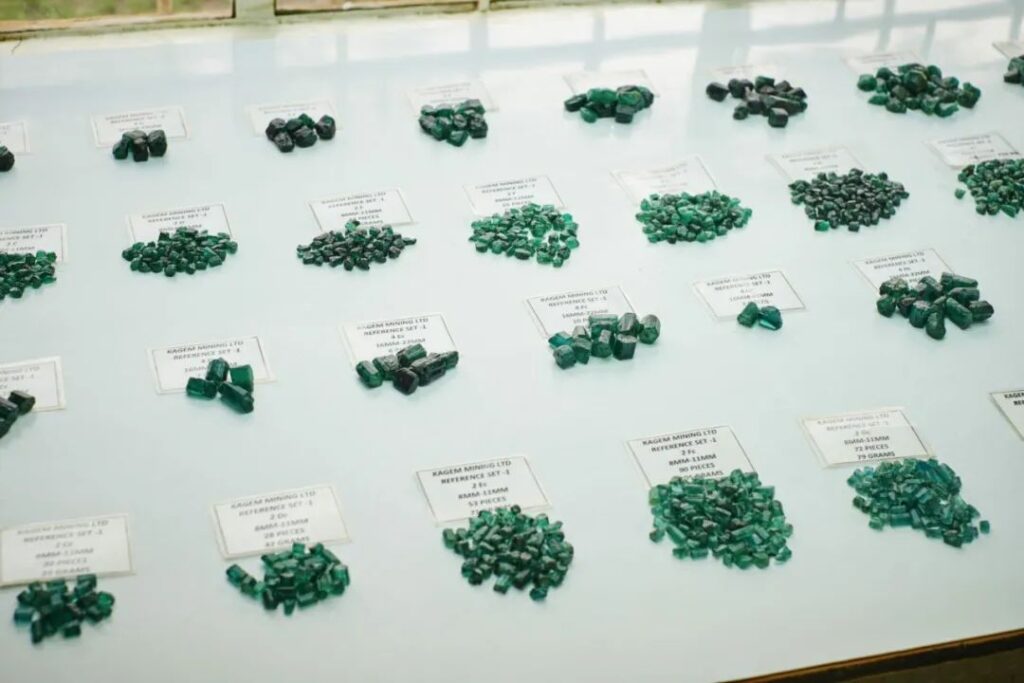
In fact, this is just the beginning. More detailed classification and screening follow. Apart from separating gemstones of different sizes, their color and purity are compared multiple times. Only those gemstones that are large enough, have more vibrant colors, and fewer flaws deserve the title of “high quality.” This is how we can identify truly premium gemstones.
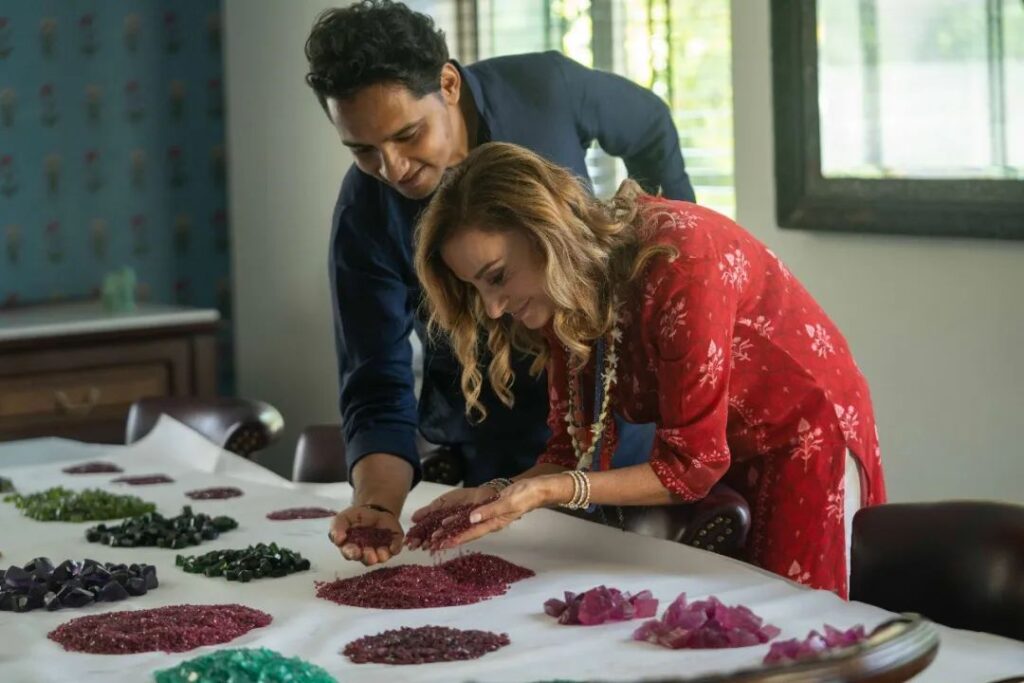
How to cut gemstones to maximize their brilliance?
Selecting high-quality gemstones is only the first step towards success. In fact, to unlock a gemstone’s full potential for brilliance, a series of complex processes are required, including facet design, segmentation, cutting, and polishing. From traditional methods to advanced technology, the geometric facets on gemstones encapsulate the secrets of their radiance.
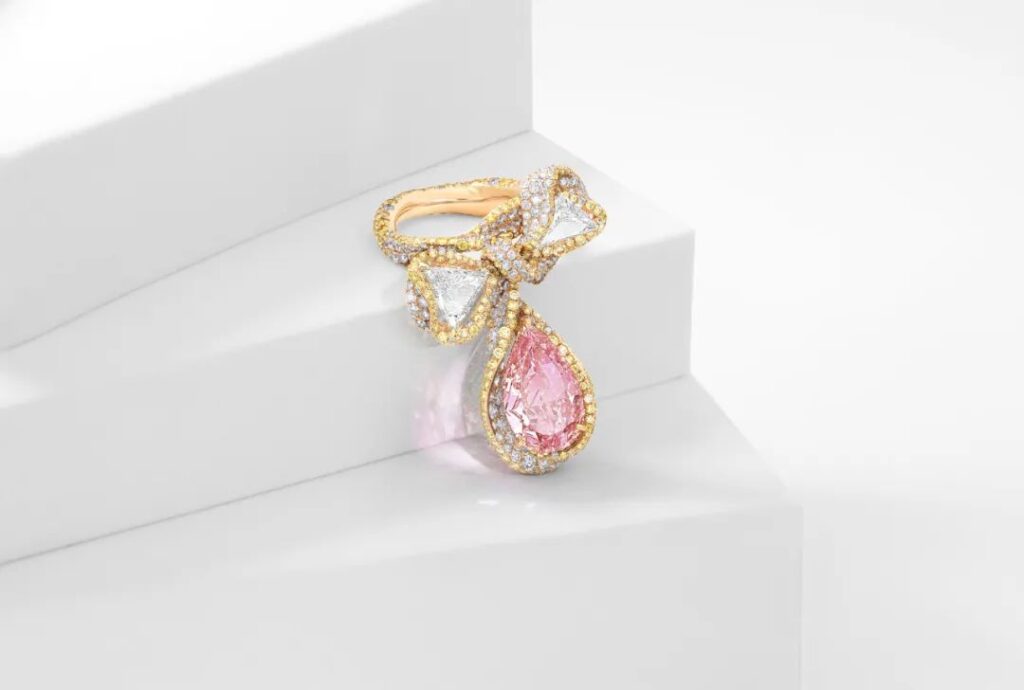
2023 Legacy Art Fancy Color Diamond Collection
Fancy Orangy Pink Diamond Ribbon Ring
As is widely known, most rough gemstones have irregular shapes. Therefore, the cutting of each gemstone undergoes special design, sometimes taking months just to simulate and design the cutting plan.
For instance, the “Estrela de Fura” ruby, which recently toured globally with Sotheby’s auction house, utilized advanced digital technology and “3D” scanning techniques to simulate multiple cutting options before the actual cutting process. The 101-carat rough stone was eventually cut into a 55.22-carat cushion-shaped ruby, preserving the largest possible size while enhancing its color and clarity.

Once a gemstone has a definite cutting plan, it moves to the more exciting cutting stage. With only one chance to get it right, 100% precision is required, demanding utmost concentration without the slightest error. Unlike colored gemstones, large-carat rough diamonds are cut into multiple parts using laser technology. The use of advanced technology saves considerable effort in the subsequent polishing of smooth and even facets. This way, each gemstone can have its own unique shape!
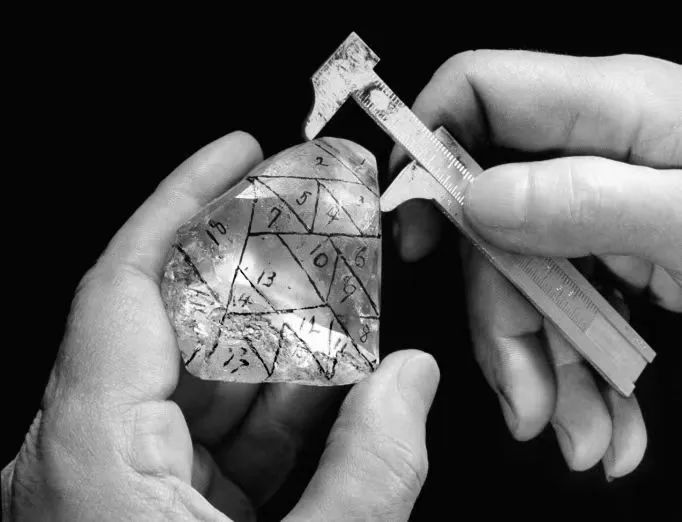
Meticulous hand polishing is the final step in transforming a rough stone into a bright, smooth gemstone with distinct edges, and it’s the crucial step that infuses soul into this metamorphosis.
From natural texture to a smooth, shiny surface, even a single tiny facet isn’t polished perfectly in one go. After multiple observations and repeated adjustments by craftsmen, the entire gemstone can finally display its full radiant glory. Only through this process can a gemstone truly reveal its beauty and become a coveted item praised by everyone in the jewelry circle.
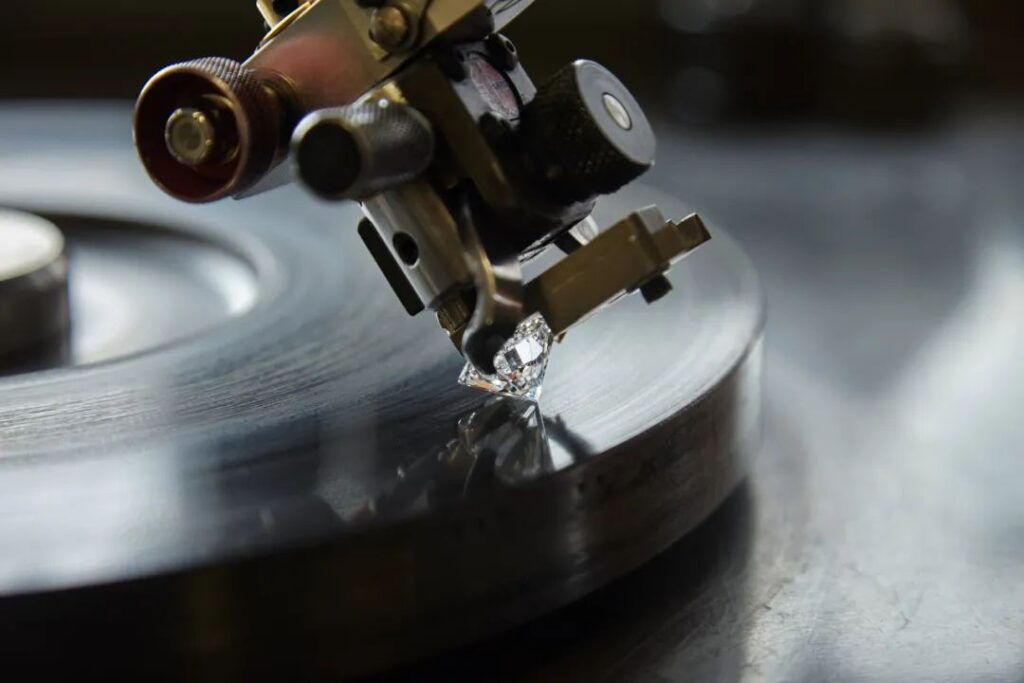
Diamond being polished at the cutting workshop in Pelham
How to determine a gemstone’s origin?
When purchasing jewelry, have you, like the editor, ever wondered where these beautiful pieces come from? Do they go through numerous twists and turns before reaching us?
In fact, while it might be challenging to inquire about their original source, with technological advancements, tracing origins has become a hot topic in the jewelry world. Finding the “hometown” of a gemstone has become more traceable. So, how can one quickly and accurately ascertain a gemstone’s origin? Focus on these points to help you navigate this challenge.
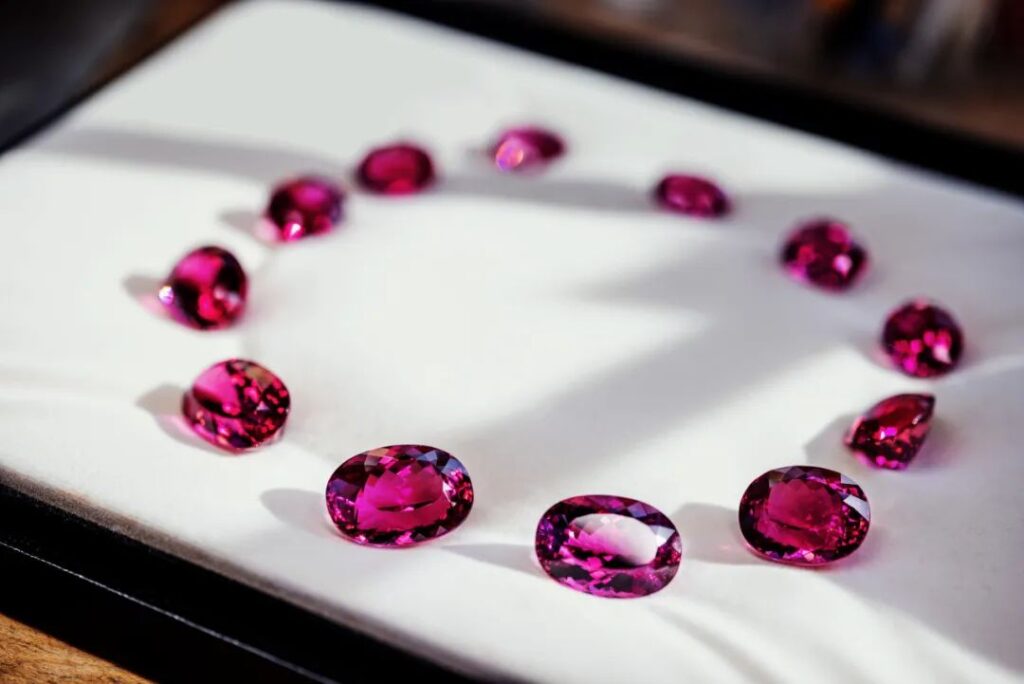
Driven by curiosity, today’s jewelry collectors are not only concerned with the quality of gemstones but also their place of origin. Information about a gemstone’s origin, once a secret explored by many, can now be presented more transparently and specifically to the public, thanks to upgraded identification techniques.
For instance, the Argyle diamond mine, popular in diamond circles, issues a unique Argyle certificate for high-quality pink diamonds produced there, distinct from other international certification bodies, to prove their “lineage”. This makes it easy to identify whether a stone is “royalty” or not.
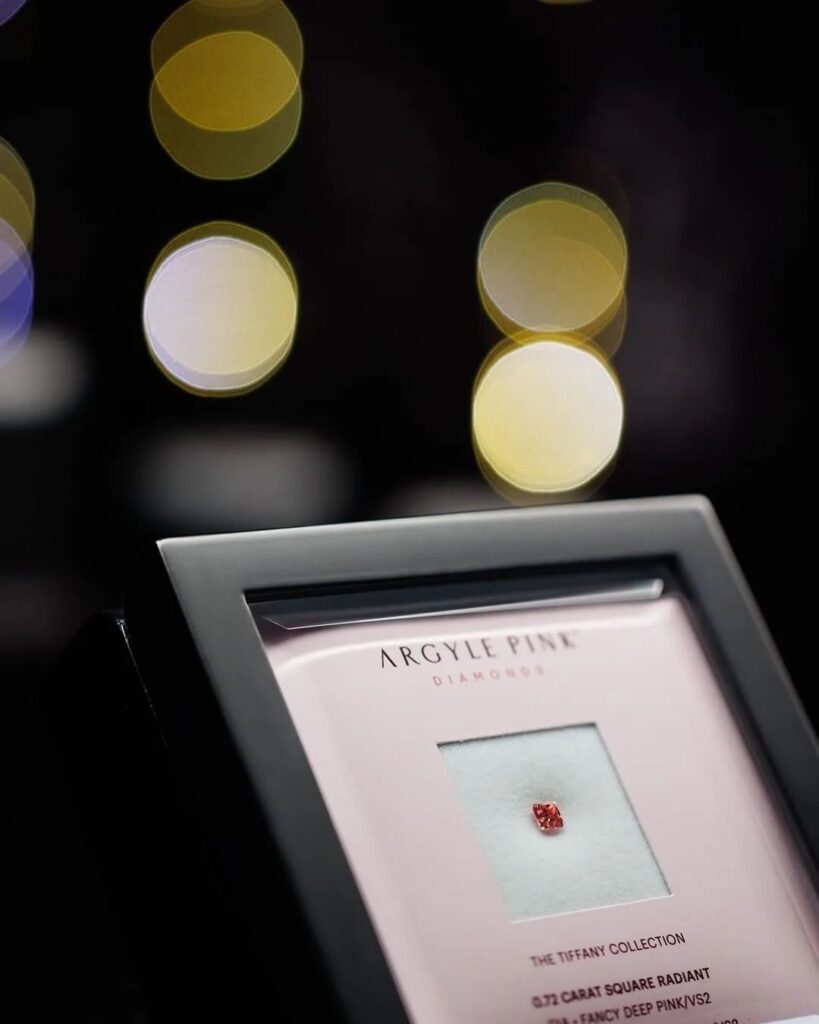
Argyle Diamond Mine pink diamond loose stone

Swiss Gemmological Institute (SSEF)
Additionally, gemstone identification technology is constantly evolving. Various portable instruments can quickly help us understand gemstones, and innovative technology has made origin determination less complicated than before.
Gemstones from different origins possess unique attributes, and methods to distinguish them are diverse. For example, the emerald we’re familiar with owes its uniquely elegant color to the presence of chromium, vanadium, and iron elements inside. The varying depths of color in emeralds from different origins are related to the amounts of these elements.
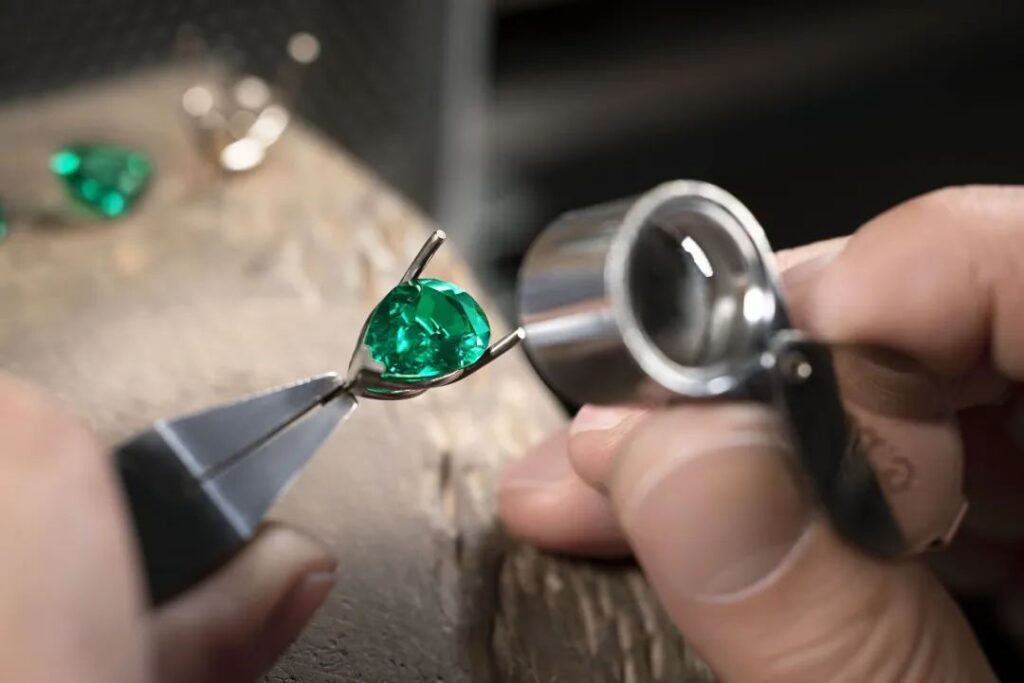
Furthermore, what amazed the editor was that chips can even be inserted into gemstones! Many international certification institutions have already implemented this technology. Gemstones with “chips” can be as easily tracked as mobile phones, without affecting quality while easily providing origin information.
For instance, the Swiss Gemmological Institute (SSEF) implants extremely fine, nano-scale particles as labels into emeralds. This is applicable even in rough gemstone crystals and can safely withstand a series of cleaning, cutting, polishing, and transportation processes. Therefore, we can verify the precise source of an emerald at any time, even down to which specific mine it came from.
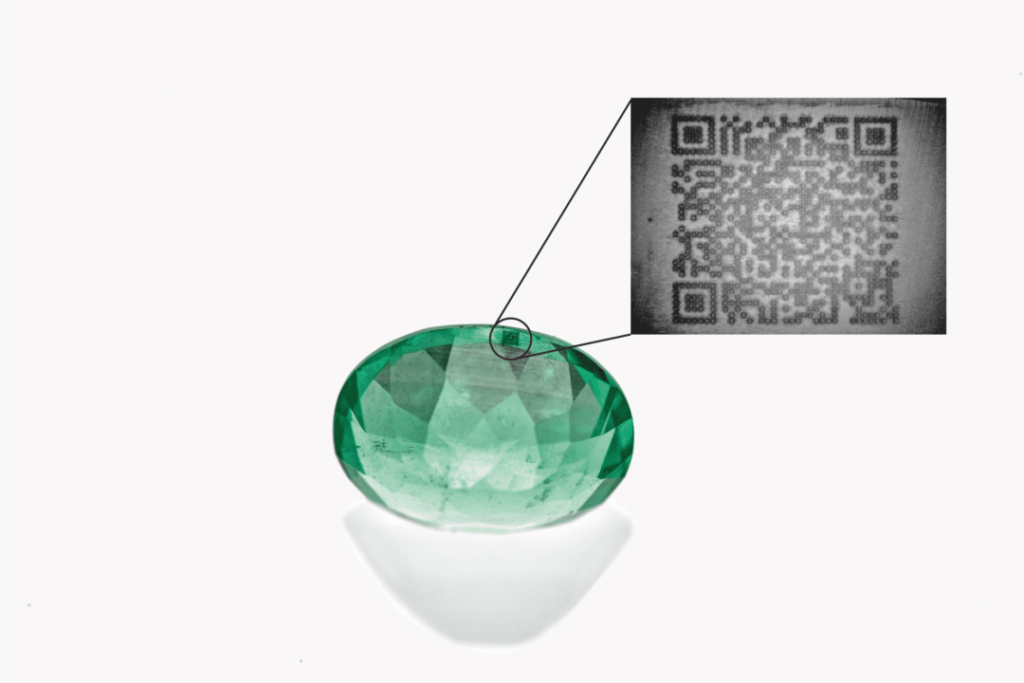
Swiss Gemmological Institute (SSEF)
This trendy tracing technology uniquely highlights the precious value of gemstones. Think about it: this isn’t just buying something; it’s like getting closer to nature. This technology is like a magic window, allowing us to understand the gemstone’s background more profoundly, embarking on an adventure of intimate contact with nature.
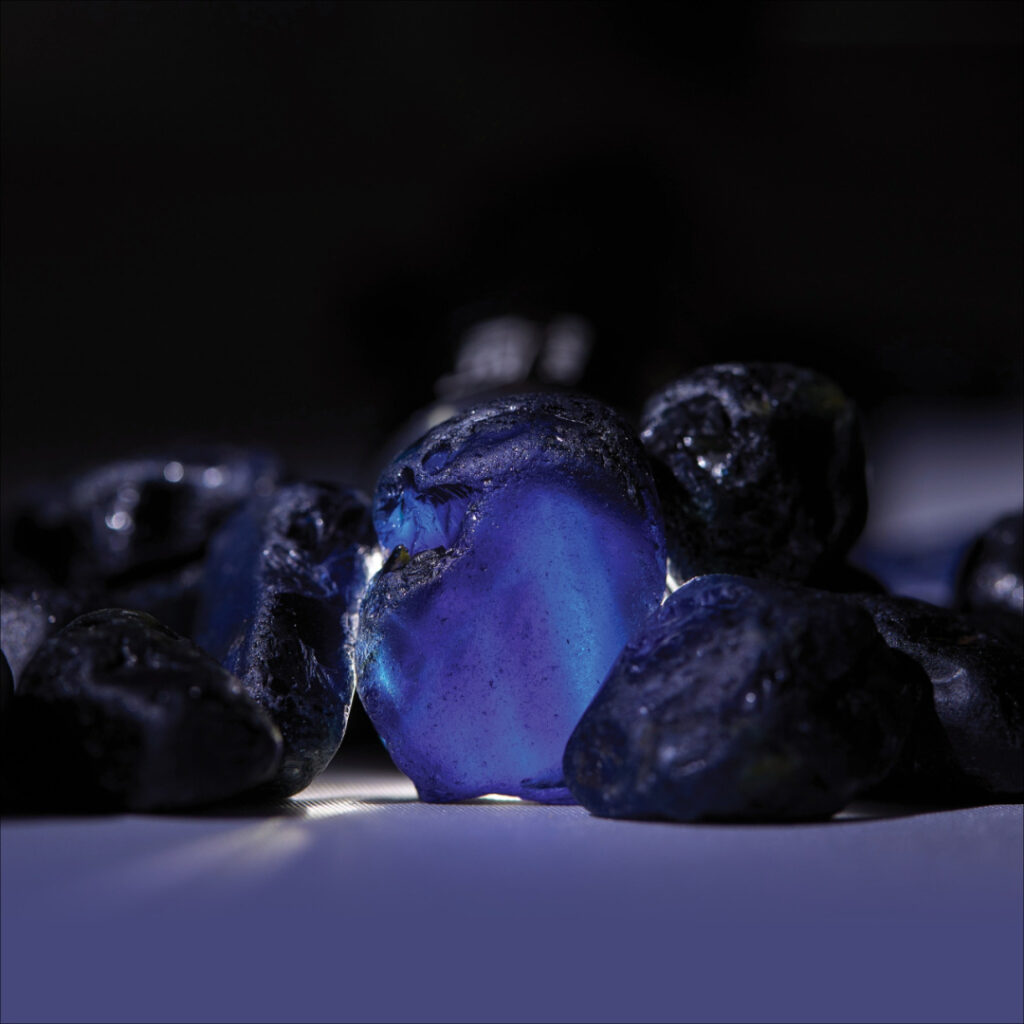
Unveiling the Secrets Behind the High Value of Dazzling Gemstones!
Tweet
